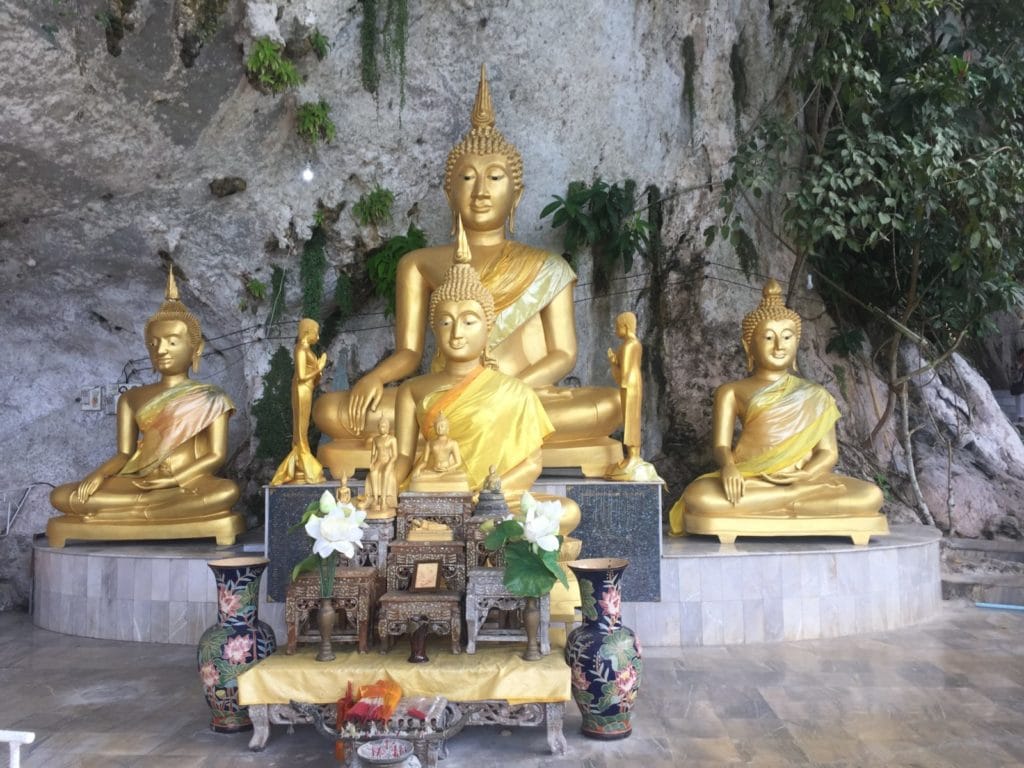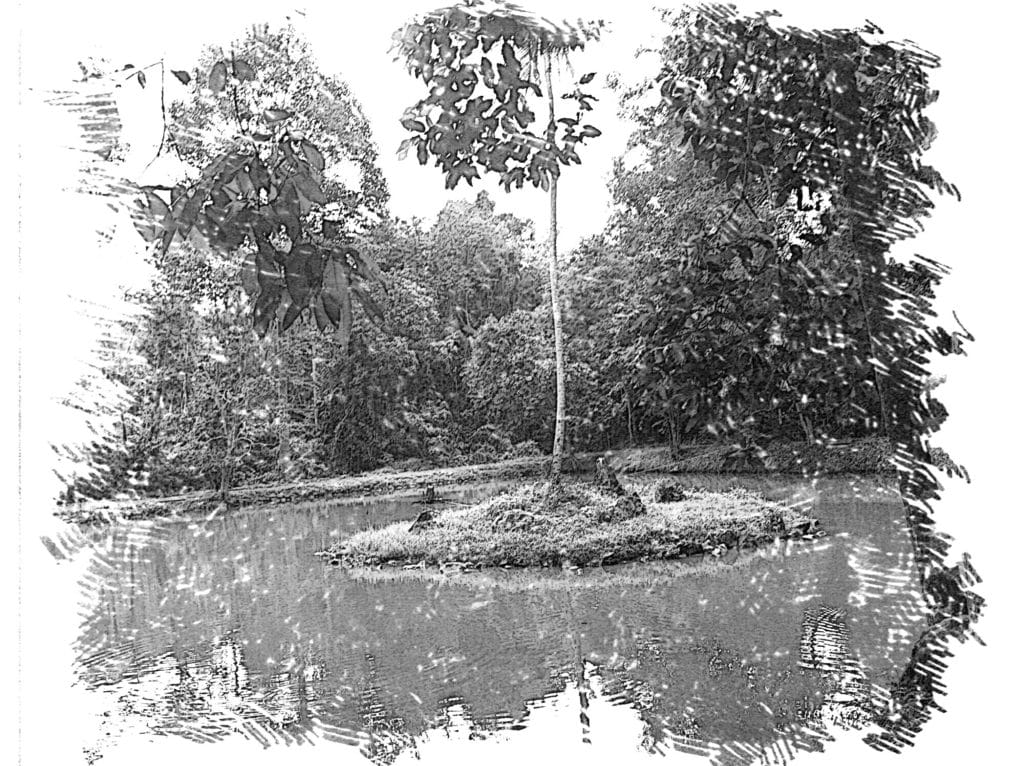What is the difference between relaxation vs. meditation? Yoga is a holistic mind and body practice that combines physical poses, controlled breathing, mindfulness meditation, and relaxation. Often by relaxation, we mean watching television, reading a book, sitting in a cafe or, say, fishing. However, in yoga, relaxation is something that is learned, cultivated, and consciously practiced. It’s a technique. We strive for a relaxing response or a “relaxing response.”
Some forms of conscious relaxation come close to meditation and cannot be separated from it until, for the purposes of meditation, very often, we consciously relax beforehand.
Relaxation vs. meditation techniques in yoga meditation
All techniques of conscious relaxation are reduced to the slight relaxation of all major muscle groups in the body to achieve a relaxing response; immobility and deep, slow breathing contribute to the experience of overall relaxation. Whether self-suggestion or relaxation is guided by a live trainer or some recorded guided relaxation, these techniques use words that suggest body weight and warmth and systematically guide attention through all parts of the body, monitoring the feeling of softness and lightness that arise. These techniques are “body scans” or “body walks.” In doing so, we consciously prolong exhalations in breathing.
Meditation, on the other hand, is a training of the mind based on the fundamental premise that the mind decides the quality of our lives. Through meditation, we want to befriend ourselves, learning to see everything exactly as it is, getting rid of conditioned reactions (external events do not affect our lives, only our responses to them). These liberating forms of meditation have various meanings ranging from purely psychological and secular to very spiritual and deeply religious.
Similarly, in today’s hectic world, we look for activities that help us calm our minds. We know from our experience that techniques to calm your mind can help fight anxiety and improve our mood. We call those activities “mindfulness.”
The benefits of yoga meditation
As I talk about relaxation vs. meditation, we accept that not only does yoga help to fight depression, but it also improves your physical well-being. Regular practice lightens your mood and takes you away from your everyday troubles, even if just for that moment when we practice. A combination of physical and mental incentives that yoga offers should be embraced and broadened by regular practice. It will also help you to manage stress effectively.
Yoga also helps your sense of accomplishment after you finish your daily yoga routine. It also prepares you to enter deeper states of mind by practicing breathing (Pranayama) and performing different meditative methods inside your yoga practice. Yoga postures prepare your body for meditation.
Meditation and yoga are interrelated. Yogis say, “Where the breath flows, the mind goes.” Yoga, like meditative chanting, can allow the energy to flow upward and to open our heart to the higher chakras and higher consciousness.
Guided yoga meditation
In the yoga tradition, there is a methodology that is designed to show us the connection between every living thing. You can try it out with my guided Yoga meditation video.
Instructions for how to meditate and description of meditation practice are found in the Yoga Sutra. This mental stillness brings the body, mind, and senses into a state of balance. This attitude also relaxes the nervous system. Real meditation begins after we realize that our need to possess things, and that our everlasting craving for pleasure will never be satisfied. Only then does our external pursuit turn inward, and we are in the real state of meditation.
Meditation (Dhyana) in the yogic context is defined as a state of pure consciousness. We are aware of our senses but disengaged at the same time. Our concentration grounds us mentally and physically. In fact, meditation is much more than concentration. It represents an expanded state of awareness.
It is not enough to focus our mind on an object apart from ourselves to achieve the state of self-realization (Samadhi). We need to do more than only establish contact and get familiar with it. We need to communicate with this object and gain a deep awareness of the fact that there is no difference between this object and ourselves.
Be one with nature
When we are separate from nature, we feel pain and suffering, according to the Yoga Sutra. To stay in contact with nature, we can make our minds stable and focused. We can make full use of it and enable our consciousness to grow. It is best to accomplish that through the practice of mindfulness meditation. When you meditate, you use a technique to develop your mind, the same way you use physical exercise to build your muscles.
We all have a restless mind. Thoughts just come uninvited at any moment of the day and even at night. Hence, you waste your precious mental energy, and as such, your wandering thoughts exhausted you. Meditation will help you to eliminate those thoughts.
I hope this post will help you enjoy even more in your daily meditation, and you will keep meditating. You can also get help from my Guided meditations video series. Continue to meditate every day, be mindful, and do not give up.
If you want to know more
If you want to learn more about things I write about, check out my books. See also what the goal of this web site is.
You can check out my other post about Mindfulness.
Enjoy reading!
I
invite you to use all the resources I provided for you and to share your thoughts
and comments.
Share



